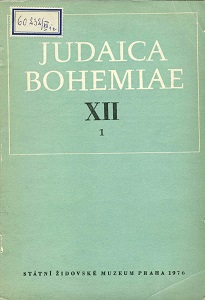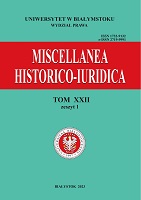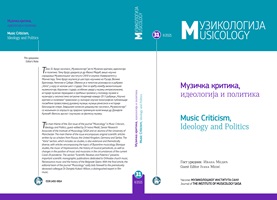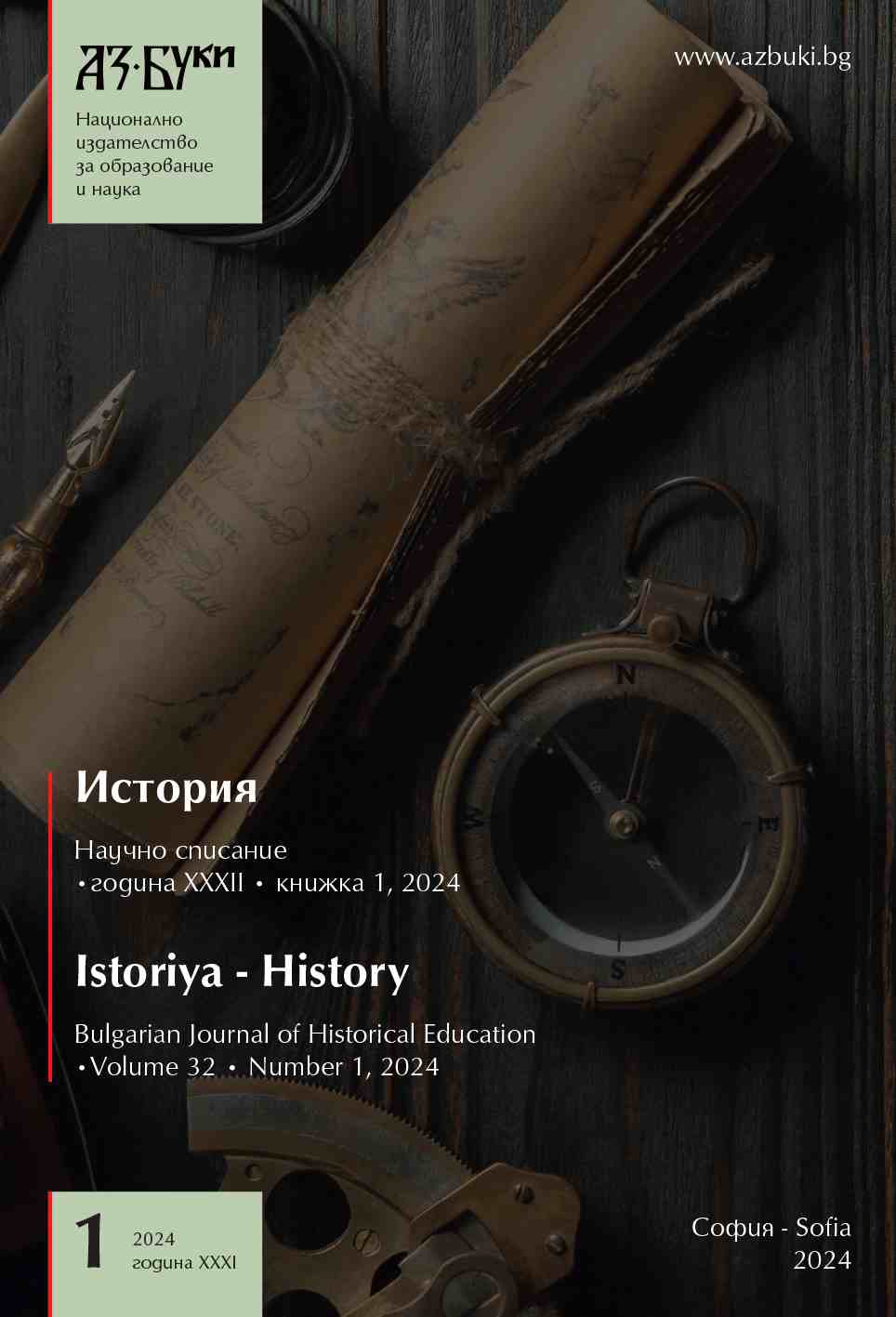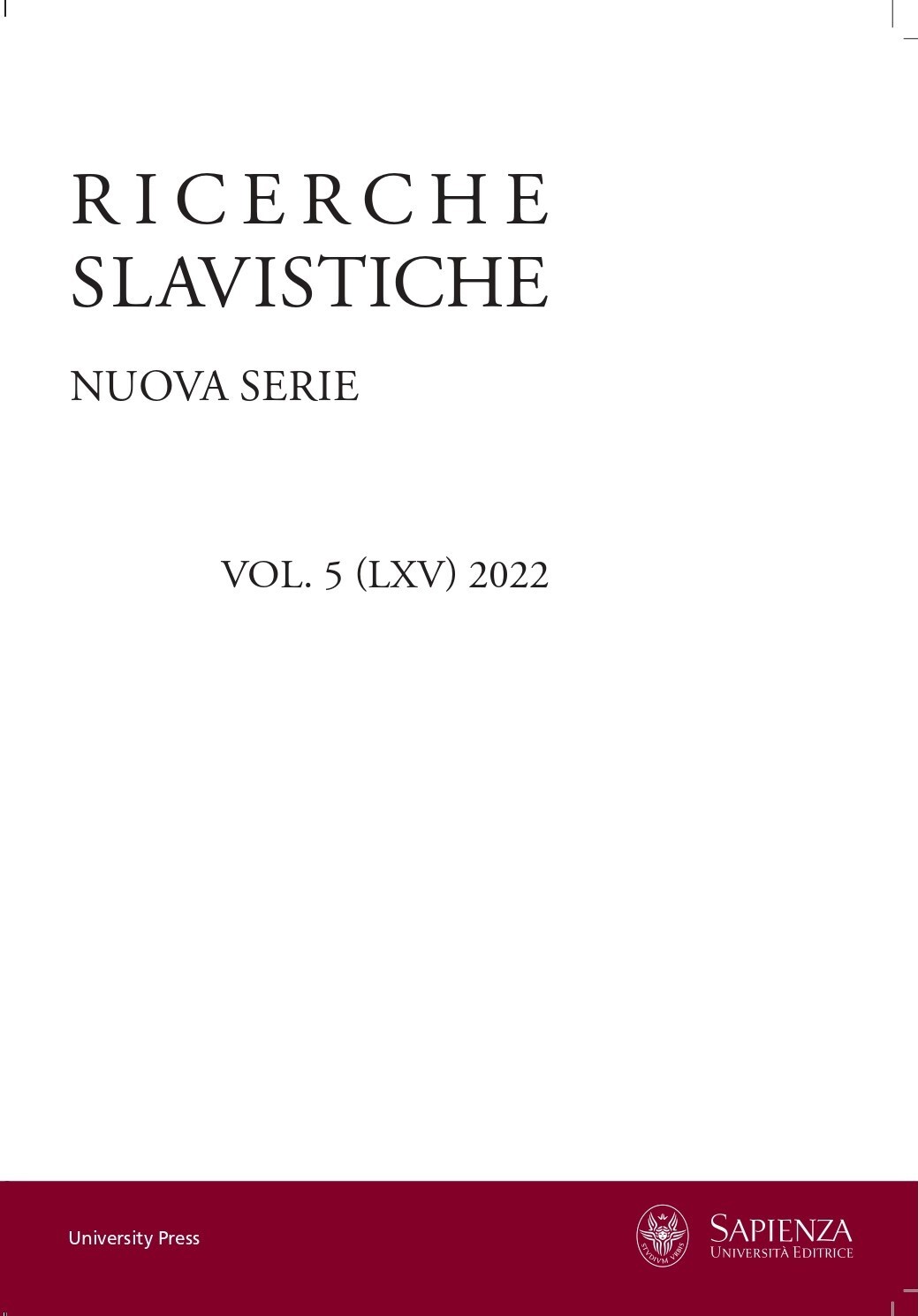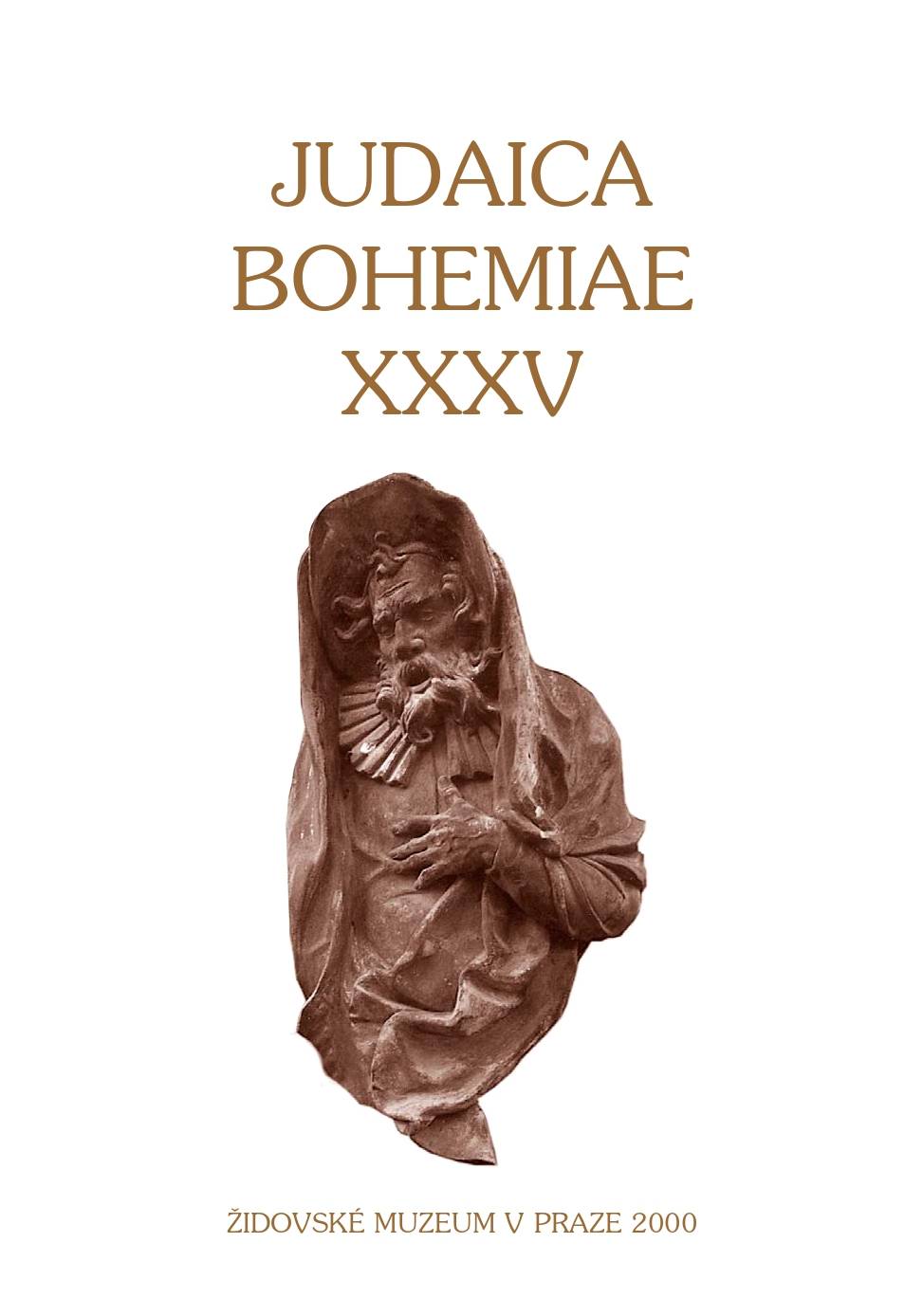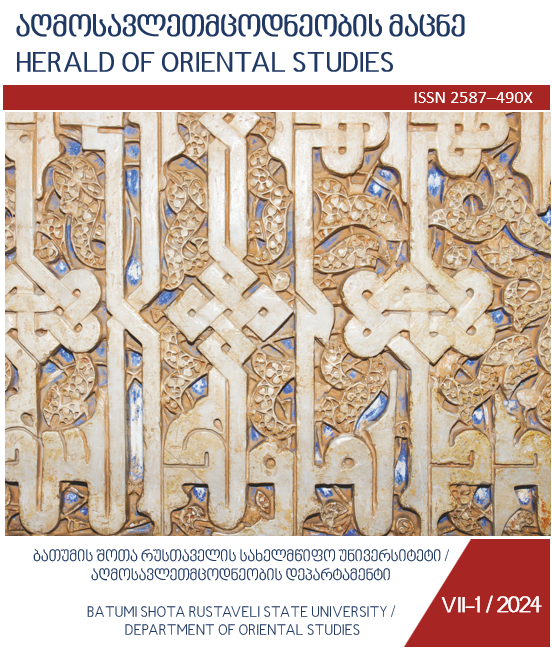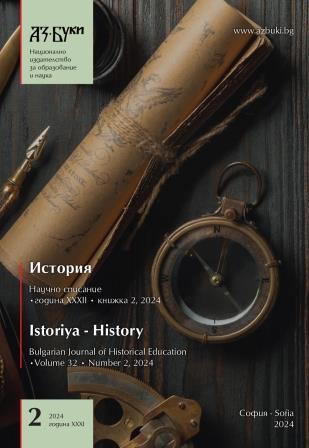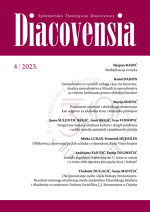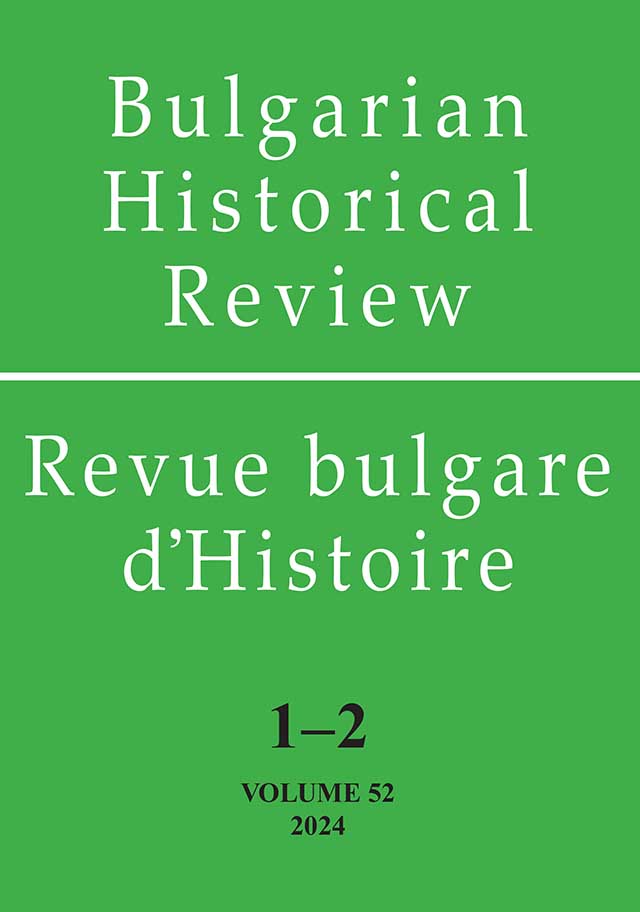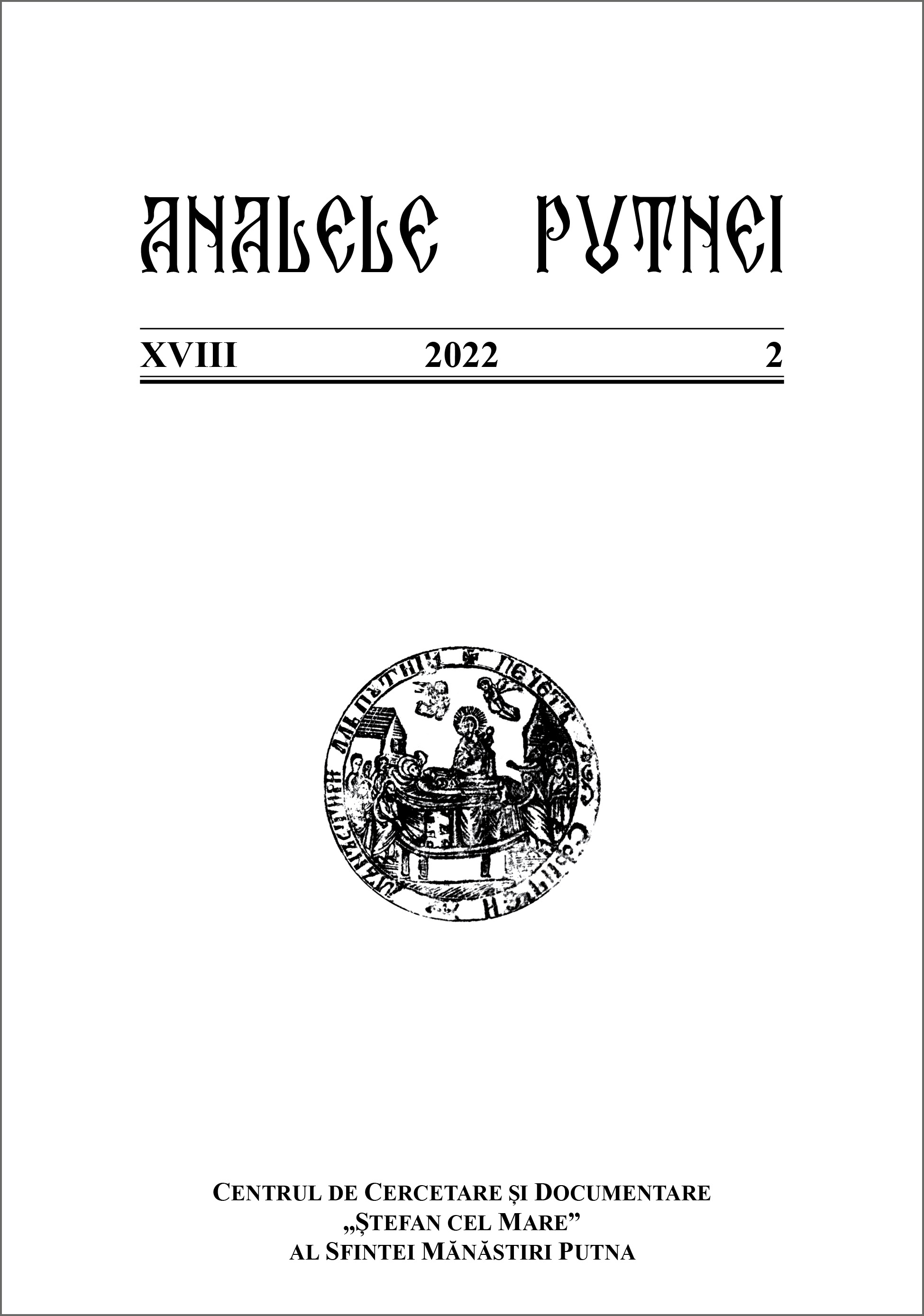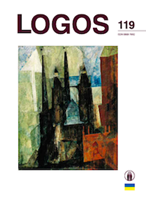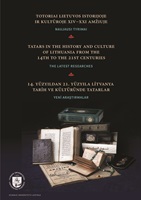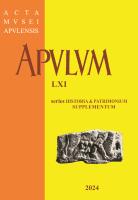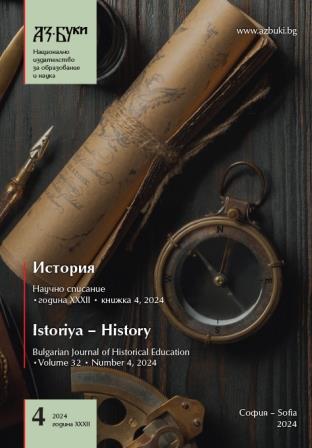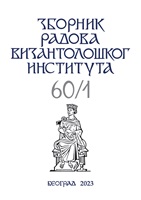
BETWEEN SHAVING AND MAKING PEACE WITH JOHN II COMNENUS When Did the Venetians Give up Wearing Long Beards?
This paper discusses how the Venetian chronicles written in the 14th–18th centuries represent the episode in which the ban on wearing beards in Venice under Doge Domenico Michiel is connected to the hostilities with the Byzantine Empire in the context of the expedition against Cephalonia in 1126. It is about a strange connection at the first glance; however, some Venetian chroniclers that inserted this event were tempted to consider this decision as an act of contempt against the Greeks that even made Emperor John II Comnenus decide to end the hostilities and demand peace. The paper also brings fragments that introduce this event in Venetian chronicles.
More...
